
Tips Before Purchasing Burl Veneer
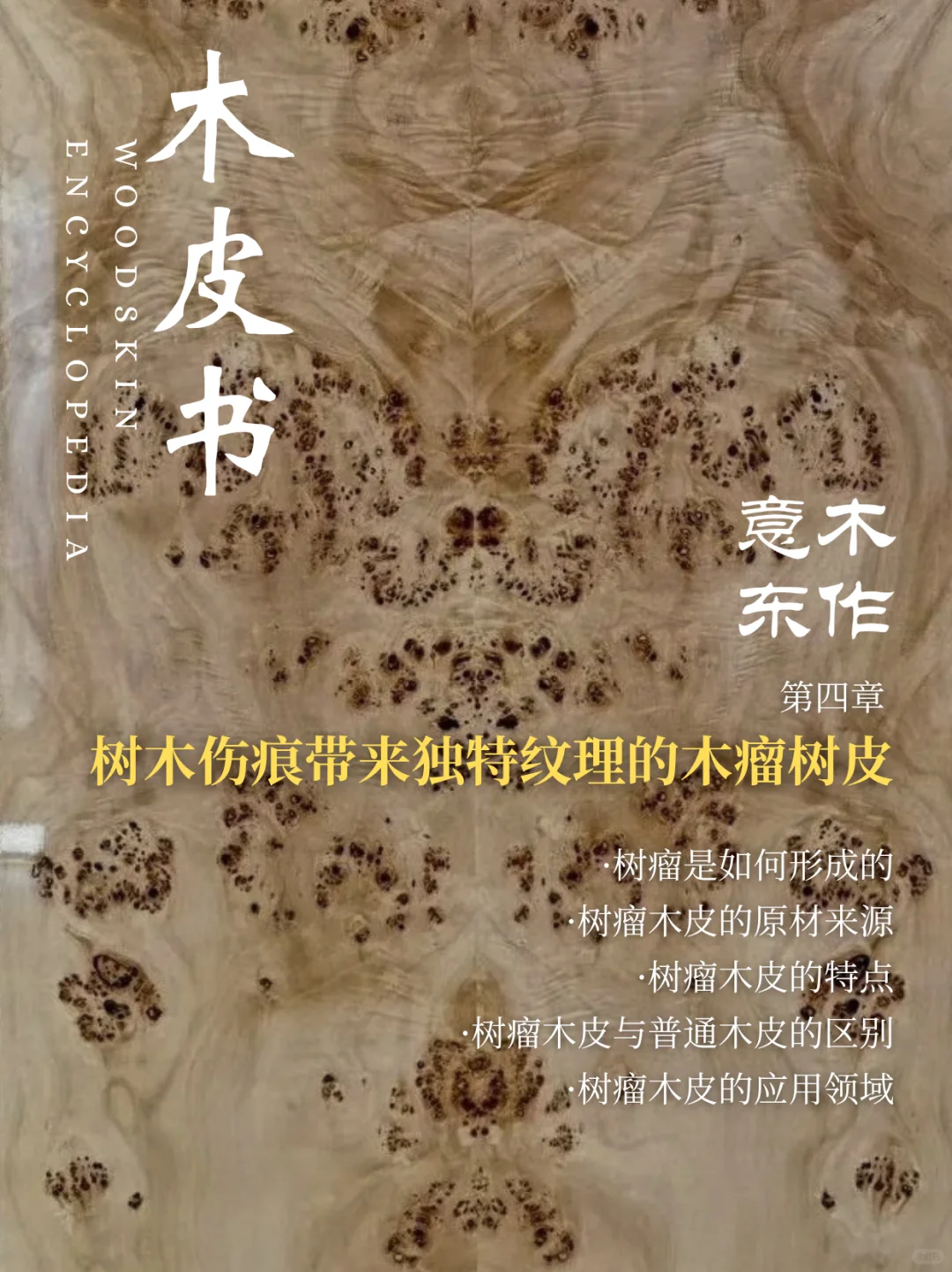
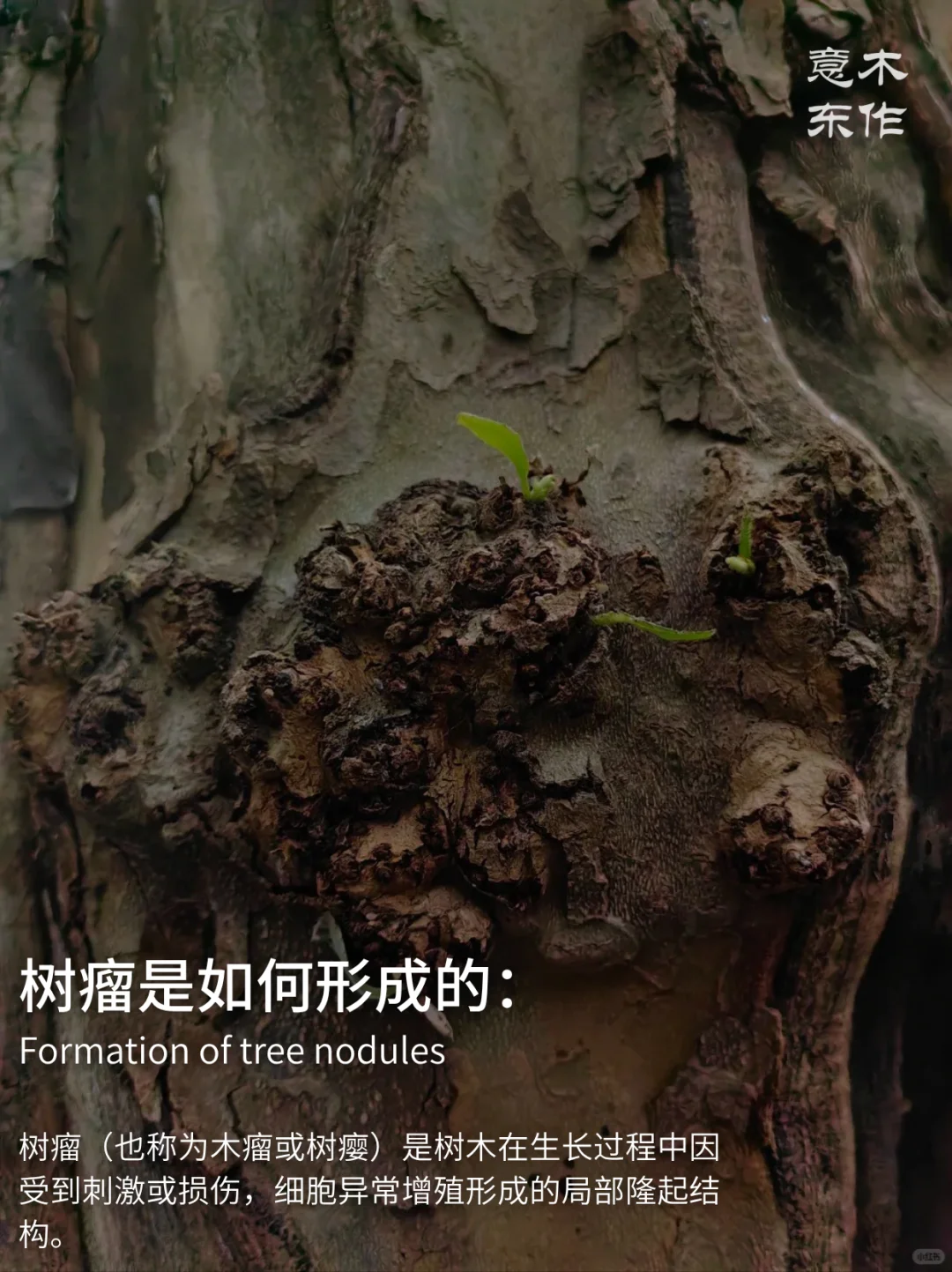
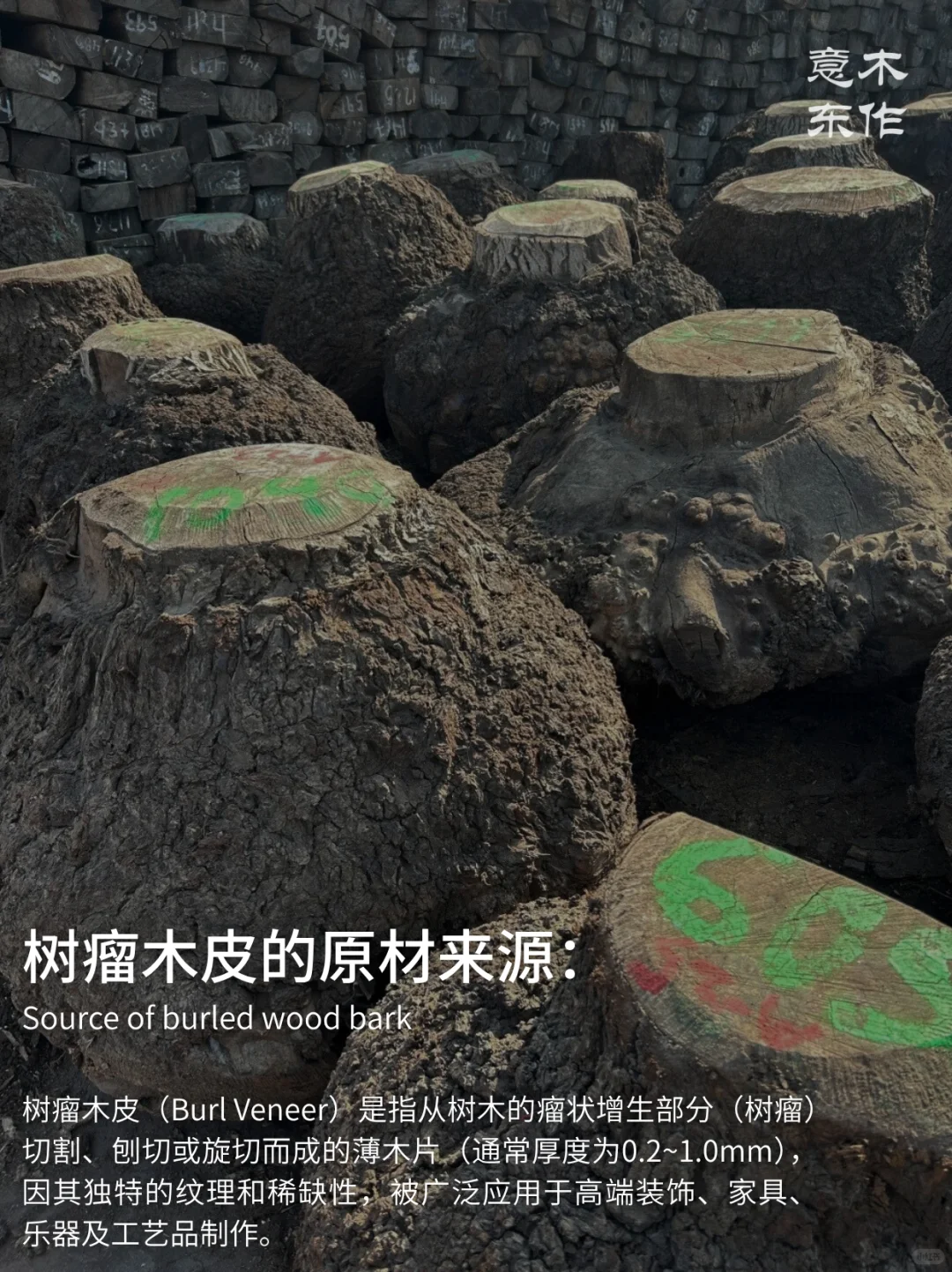
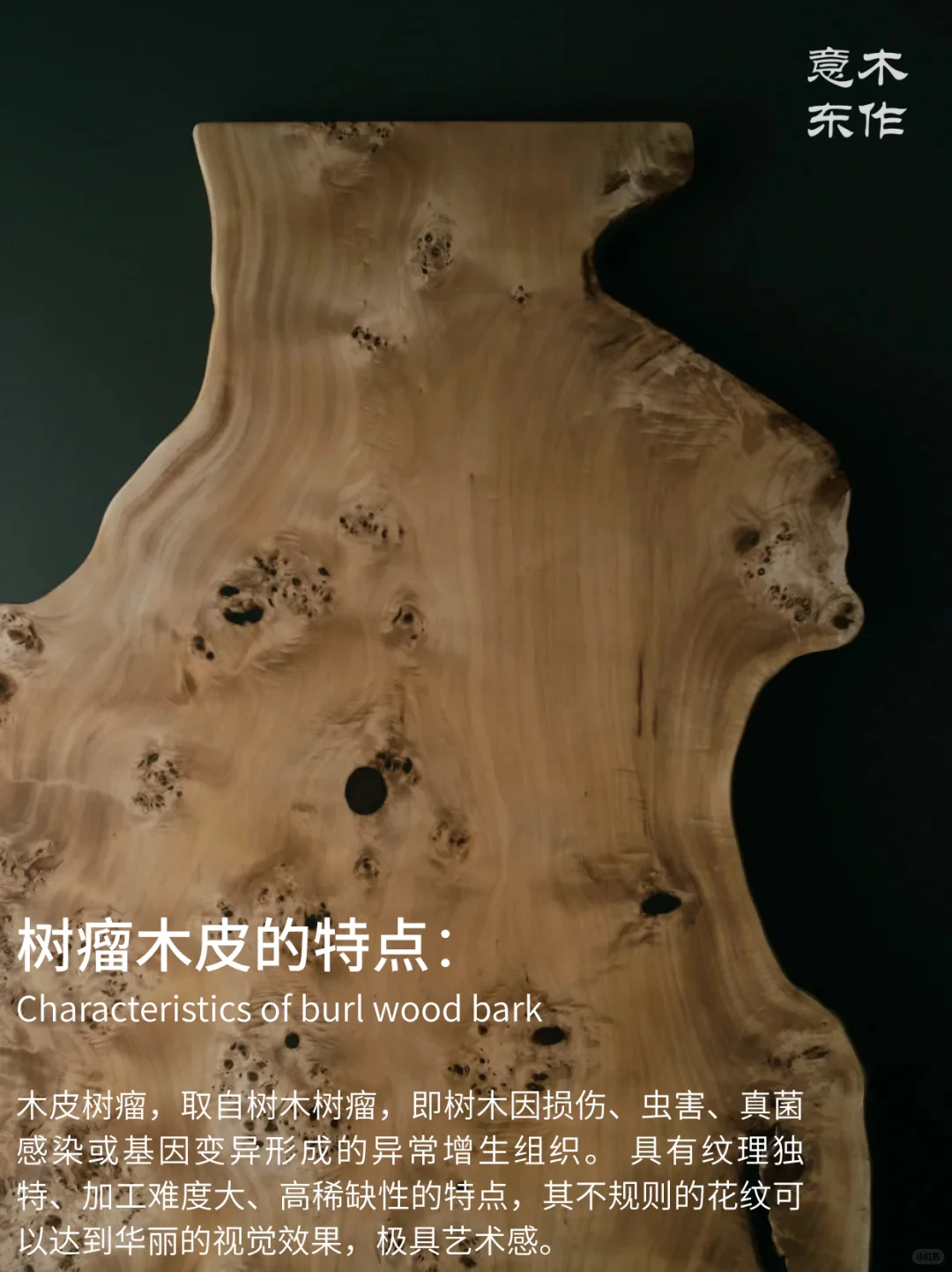
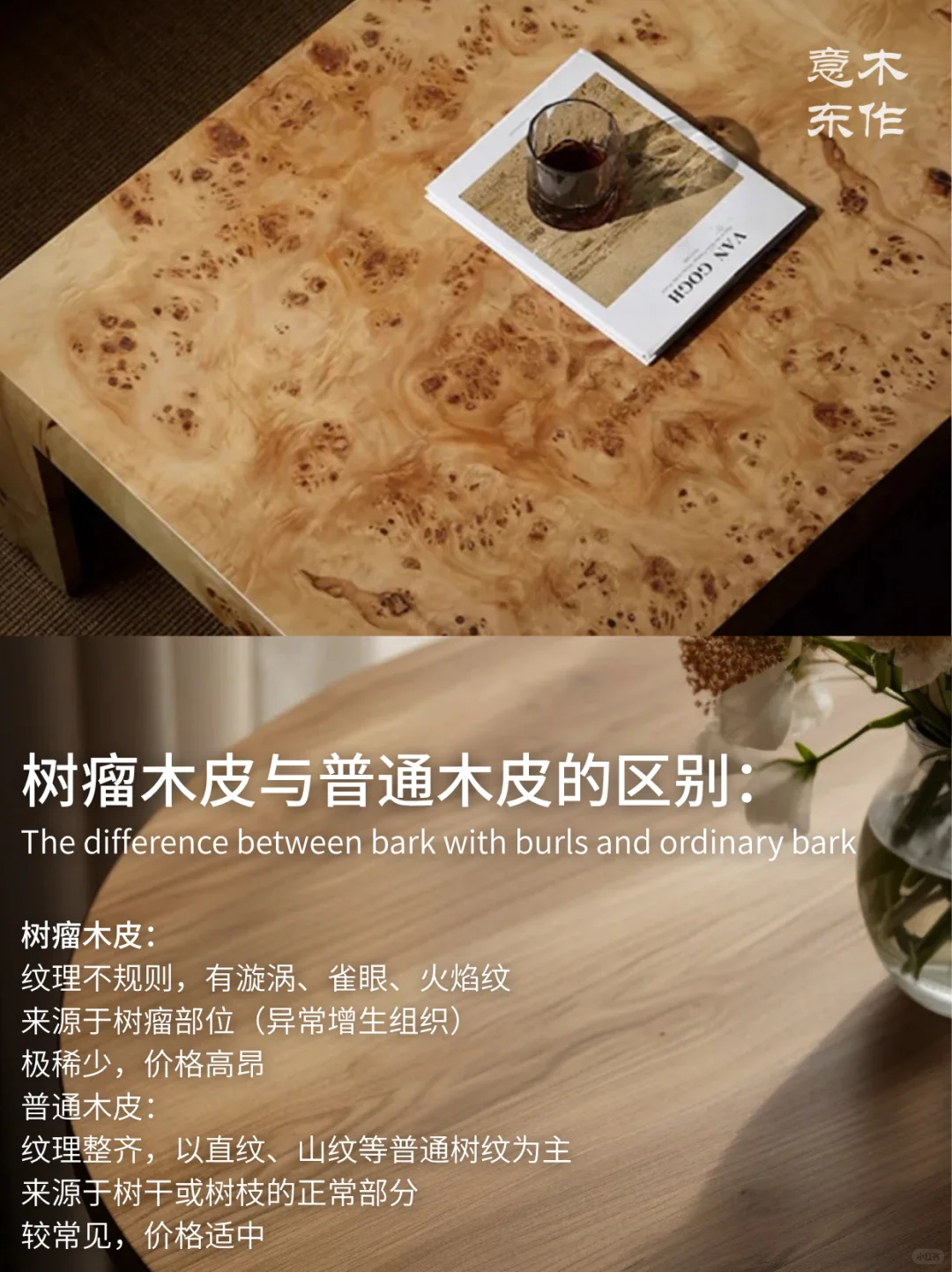
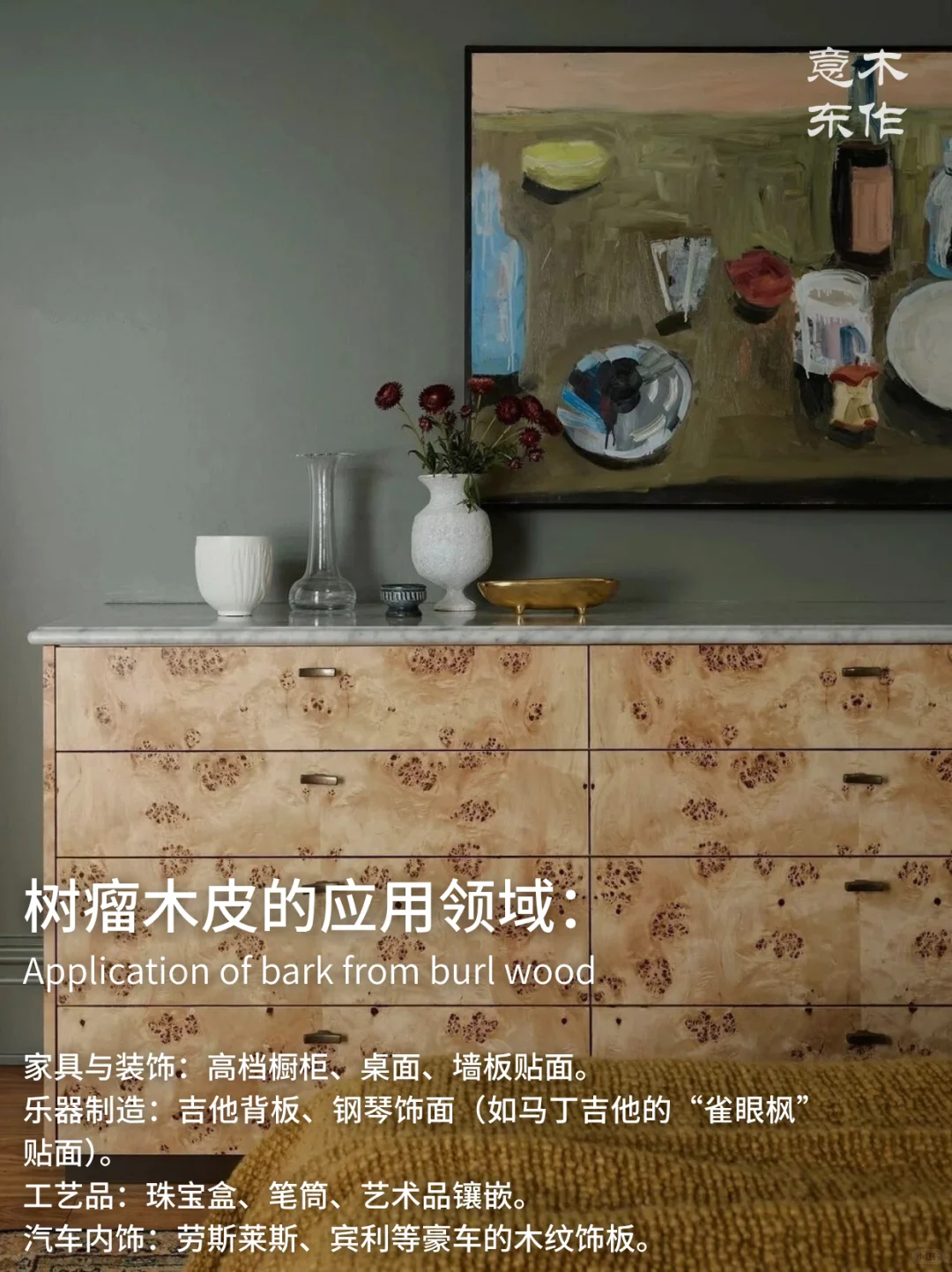 🔴Burl veneer is processed from the warty growths (or root systems) of trees (typically 0.2-1.0mm thick). Due to its unique texture and scarcity, it is widely used in high-end decoration, furniture, musical instruments, and handicrafts.
🔴Burl veneer is processed from the warty growths (or root systems) of trees (typically 0.2-1.0mm thick). Due to its unique texture and scarcity, it is widely used in high-end decoration, furniture, musical instruments, and handicrafts.
⚫What is a Burl?
A Burl (also known as a wood burl or gall) is a localized raised structure formed when a tree is irritated or damaged during growth, resulting in abnormal cell proliferation. It is usually caused by the following factors:
🔻External damage or mechanical stimulation
Branch breakage, animal bites, hail, or pruning can damage the tree's cambium (growth layer), leading to uncontrolled cell division and the formation of healing tissue (callus), which gradually expands into a tumor.
For example, walnut and maple trees are prone to tumors due to improper pruning.
🔻Fungal, bacterial, or insect infection
🍄Fungi, such as Phomopsis on black walnuts, secrete hormones that stimulate abnormal cell proliferation in the tree.
🦋Insect pests: Insects (such as gall wasps and longhorn beetles) lay eggs or larvae. When insects infest trees, they form tumor-like structures to insulate the insects (such as "acorn galls" on oak trees).
🔻Genetic or physiological abnormalities: In some trees, genetic mutations or imbalanced nutrient distribution can lead to uncontrolled cell division in certain areas, resulting in natural tumors (such as the "desert galls" of desert ironwood).
🔻Environmental stress: Drought, extreme temperatures, or soil pollution can disrupt tree metabolism and induce tumor-like growth.
——
🔵Burl bark sources: This bark is harvested from tree burls or roots, typically abnormal growths caused by damage, insect damage, fungal infection, or genetic mutations. Common tree species: Black walnut burl, maple burl (birdseye maple), elm burl, redwood burl, cherry burl, etc.
⚪ Characteristics of Burl Veneer
➿ Unique Texture
Due to the disordered growth of cells, burl veneer often exhibits irregular patterns such as swirls, bird's-eye patterns, flame patterns, or spiderwebs, creating a gorgeous and artistic visual effect.
💲 High Scarcity
Burls are relatively rare in nature and their limited size makes them expensive. They are often used for luxury veneers (such as luxury car interiors, high-end furniture, and valuable musical instruments).
🔨 Difficult to Process
Complex structure, prone to chipping when cut, requiring specialized equipment and technical processing (such as stabilization drying and backing reinforcement).
🌲 Differences between Burl Veneer and Ordinary Veneer
🔻 Burl Veneer
Unusual Texture Regular patterns, including swirls, bird's-eye patterns, and flame patterns.
Derived from abnormal growths of tree tissue.
Extremely rare and expensive.
🔻Ordinary veneer
Normal grain, primarily consisting of straight and ridged grains.
Derived from the normal parts of tree trunks or branches.
Relatively common and moderately priced.
——
🕋Main Applications
Furniture and Decoration: High-end cabinets, tabletops, and wall veneers.
Musical Instrument Manufacturing: Guitar backs and piano veneers (such as the "Bird's Eye Maple" veneer on Martin guitars).
Crafts: Jewelry boxes, pen holders, and art inlays.
Automotive Interiors: Wood grain veneers on luxury cars like Rolls-Royce and Bentley.
——
Burl veneer, due to its unique, naturally formed aesthetic, is considered a "luxury" among wood finishes, suitable for projects seeking personalized, high-end finishes.
Quick View
You can check what you need
Copyright © 2023 E&R Wood Co,.Ltd All Rights Reserved. Powered By: www.300.cn SEO


 Factory: Zhouwei Village,Yanggongzhou,Shatian Town,Dongguan City,China
Factory: Zhouwei Village,Yanggongzhou,Shatian Town,Dongguan City,China 